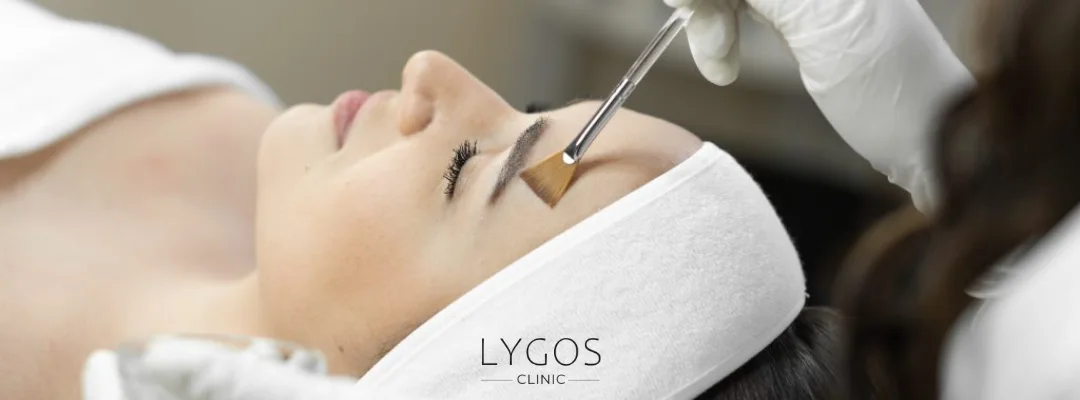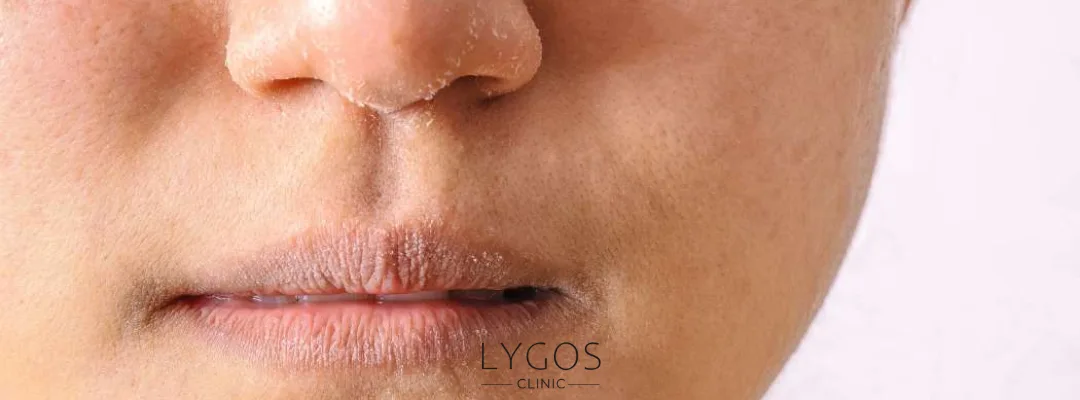Hydrafacial Skin Care | Benefits of Hydrafacial Skin Care

Chose Your Topic
Hydrafacial Skin Care
The fast pace of modern life, environmental factors, and stress can cause our skin to lose its natural glow and health. Among skin care methods, Hydrafacial Skin Care has rapidly gained popularity as a modern technique that deeply cleanses, hydrates, and rejuvenates the skin. In this article, you will find detailed answers to questions such as what Hydrafacial is, its benefits, how the procedure works, and who it is suitable for.
The effects of sunlight on our skin can cause certain problems over time. One of the most common issues is sun spots. People who are frequently exposed to strong sunlight, especially during summer, may develop uneven skin tone and dark spots. So, how to get rid of sun spots? In this article, we will cover everything about sun spots—from their causes to natural and dermatological solutions.

What is Hydrafacial?
Hydrafacial Skin Care is a professional treatment that deeply cleanses the skin, removes dead skin cells, provides intense hydration, and nourishes the skin with special serums. Hydrafacial is performed using a specialized device that works like a vacuum system. This device performs peeling, exfoliation, and hydration processes in a single session based on the skin’s needs.
This treatment is not only for the face but can also be applied to sensitive areas like the neck, décolleté, and hands. Since Hydrafacial is supported by serums tailored to skin types, it provides an ideal solution for oily, dry, and combination skin.
Benefits of Hydrafacial Skin Care
Hydrafacial Skin Care provides numerous benefits for the skin, including:
Deep Cleansing: Gently removes accumulated dirt, oil, and dead skin cells.
Pore Detoxification: Opens blackheads and clogged pores, improving skin appearance.
Intense Hydration: Keeps the skin moisturized and vibrant for a long time with hyaluronic acid and other hydrating serums.
Improved Skin Tone: Regular treatments help even out skin tone and reduce the appearance of discoloration and spots.
Supports Collagen Production: With anti-aging properties, it enhances skin elasticity and reduces the appearance of fine lines.
Immediate Results: After the procedure, the skin looks instantly brighter, smoother, and healthier.
Thanks to these advantages, Hydrafacial has become a reliable option for anyone who wants to maintain skin health and prevent skin problems.

How is the Hydrafacial Procedure Performed?
Hydrafacial Skin Care is usually applied in four main steps:
Cleansing and Exfoliation: Dead skin and impurities are gently removed with a specialized tip.
Acid Peel: Dead cells and excess oil on the skin surface are dissolved with a mild acid-based peel.
Vacuum and Pore Cleansing: Blackheads and clogged pores are deeply cleaned using vacuum suction.
Serum Application and Hydration: Skin-type-specific serums are applied; the skin is nourished and hydrated.
The procedure typically takes 30–45 minutes and is painless. A slight glow and vitality are noticeable immediately after the treatment.
How Many Sessions of Hydrafacial Are Needed?
Hydrafacial results are usually noticeable after the first session, but regular treatments are recommended for long-term effects:
Single Session: Provides immediate cleansing, hydration, and glow.
Regular Sessions: Sessions every 4–6 weeks help even out skin tone, reduce pore size, and minimize fine lines.
When integrated into a regular skincare routine, Hydrafacial contributes to maintaining healthy and youthful skin.
Differences Between Hydrafacial and Other Skin Treatments
Unlike other skin treatments, Hydrafacial provides effective results without irritating the skin or requiring long recovery periods:
Microdermabrasion: Works with physical peeling, which may cause redness and sensitivity. Hydrafacial, on the other hand, offers a gentler approach with a combination of vacuum and serums.
Chemical Peels: Can be effective but may cause peeling and redness. Hydrafacial protects the skin barrier while simultaneously cleansing, hydrating, and nourishing the skin.
Laser Treatments: Suitable for specific skin issues and often costly. Hydrafacial provides a quick, painless, and economical alternative.
These differences make Hydrafacial a preferred choice for those who want to maintain skin health and improve aesthetic appearance.

Who is Hydrafacial Suitable For?
Hydrafacial Skin Care is suitable for a wide range of people:
Oily and acne-prone skin
Dry and dehydrated skin
Dull and tired-looking skin
Skin showing fine lines and signs of aging
Enlarged pores
However, in certain cases, such as open wounds, serious dermatological conditions, or infections, dermatologist approval is recommended before undergoing Hydrafacial.
Caring for your skin is essential for a healthy and radiant appearance. Hydrafacial Skin Care stands out among modern skincare methods with its deep cleansing, hydration, and skin rejuvenation benefits. Regular Hydrafacial sessions help the skin stay healthy and youthful. Whether you are combating acne and blackheads or aiming to prevent fine lines, Hydrafacial provides your skin with the care it needs.
Hydrafacial is not just a temporary beauty treatment; it is a long-term skincare solution that supports skin health. Adding Hydrafacial to your routine is a smart step toward radiant, healthy, and vibrant skin.
Hydrafacial Skin Care Frequently Asked Questions (FAQ)
No. Hydrafacial is gentle and painless. Serums are tailored to skin type, making it safe for sensitive skin.
Yes. After the procedure, the skin is clean and hydrated, and makeup can be applied. Makeup may even look smoother post-treatment.
It is generally suitable for individuals 18 years and older. For younger individuals, dermatologist approval is recommended based on special conditions.
Hydrafacial helps remove excess oil and dirt, which may reduce acne formation. However, severe acne treatments should be guided by a dermatologist.
Typically, sessions are recommended every 4–6 weeks. A single session provides glow, but regular sessions are important for long-term effects.



